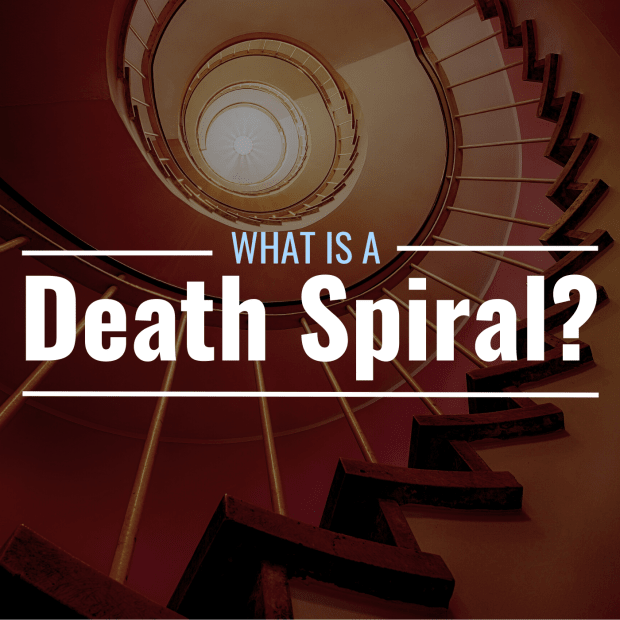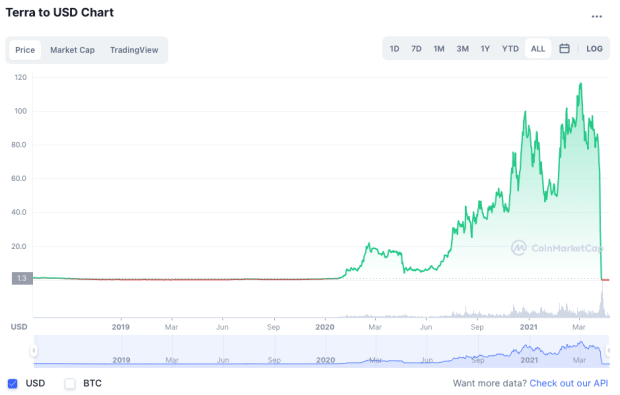
What Is a Death Spiral?
A death spiral is a term used to describe the near, or total, collapse of a market due to a series of events, typically unforeseen, or investment decisions gone wrong. A death spiral can be viewed as a sort of perfect storm of market declines. It can be within a particular market, such as the stock market, or be across different financial markets.
What Is the Origin of "Death Spiral?"
The term originates in health insurance, in which healthy insurers drop their coverage, leaving the premiums to be covered by a consequently larger pool of insurers who are perceived to be risky. As more healthy insurers discontinue their policies, higher premiums are spread out to the remaining insurers–eventually leading to a death spiral in which premiums continue to climb and the market can no longer sustain coverage over the insured.
Are There Other Meanings for a Death Spiral?
In accounting, death spiral refers to decisions cascading into even worse decisions relating to costs that get out of control, such as when a company halts production of its goods but fails to reduce fixed costs. A death spiral convertible occurs when a large number of convertible bonds are converted into common stock, but there’s a big mismatch in pricing. So, the converted stock becomes worthless, and the original owners lose control over that company.
2 Examples of Death Spirals
In May 2022, media organizations used it to define a collapse in the cryptocurrency market. One crypto, Terra, lost almost all of its value in a short period of time, and panic selling spread to other cryptocurrencies whose values plummeted in response but their declines were not nearly as great as Terra’s. Terra was priced as high as $119 in March before collapsing to about a hundredth of a cent ($0.00015) in mid-May.

In 2008, financial markets were in a death spiral after the collapse of the subprime lending and mortgage-backed securities markets spread to other financial markets, notably bonds and stocks, as well as housing. The Federal Reserve, though, used the term downward spiral to describe the decline in home prices following the collapse of subprime lending that had led to a housing boom.







